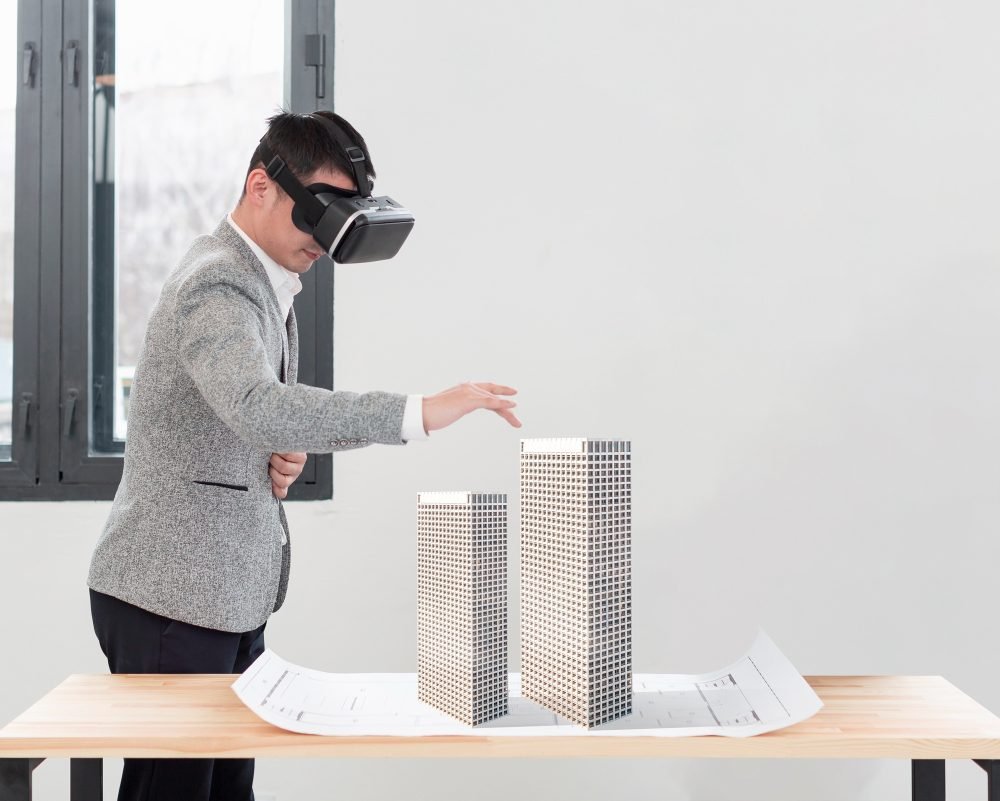The Role of Virtual Reality in Real Estate Marketing and Home Tours


In today’s fast-paced digital age, technology is revolutionizing every industry, and real estate is no exception. Virtual Reality (VR) has emerged as a groundbreaking tool that is transforming the way properties are marketed and toured. With its immersive capabilities and innovative features, Virtual Reality in real estate is reshaping the landscape and providing both buyers and sellers with exciting new possibilities with Big Valley Real Estate.
In recent years, virtual reality in real estate has gained significant traction market. It involves creating a simulated environment that allows users to experience a lifelike representation of a property without actually being physically present. This technology has found its application in various areas of the industry, primarily in marketing and home tours.
Virtual reality in real estate marketers offer a powerful tool to showcase properties in a more engaging and interactive manner. Through VR, potential buyers can explore homes from the comfort of their own space, providing them with a realistic sense of the property’s layout, design, and ambiance. High-quality 3D visualizations and virtual walkthroughs captivate viewers and generate a strong emotional connection, driving higher engagement and interest in the property.
Gone are the days of traditional property viewings. Virtual reality has redefined the home tour experience by enabling prospective buyers to take immersive virtual tours of properties. This eliminates geographical limitations and allows individuals to explore multiple homes without the need to travel. By putting on a VR headset, buyers can virtually “walk through” rooms, examine details, and envision themselves living in the space.
Virtual reality provides prospective buyers with unparalleled advantages. It saves time and effort by eliminating the need for physical visits to numerous properties. This is especially beneficial for international buyers or those relocating to a new city. Additionally, VR allows buyers to visualize the potential of a property, helping them make more informed decisions and reducing the risk of disappointment upon an in-person visit.
For sellers and real estate agents, virtual reality opens doors to a wider audience. Properties can be showcased to potential buyers across the globe, expanding the market reach. Virtual tours also attract serious buyers, as they have already familiarized themselves with the property virtually and are more likely to schedule in-person visits. This leads to faster sales and potentially higher property values.
While virtual reality in real estate offers numerous benefits, there are challenges to consider. Some potential buyers may not be tech-savvy or comfortable with VR technology, leading to a potential disconnect. Furthermore, creating high-quality VR content can be expensive and time-consuming. However, as technology advances and becomes more accessible, these challenges are expected to diminish.
The role of virtual reality in real estate is poised to expand even further in the coming years. As VR technology becomes more sophisticated and affordable, its integration into property marketing and home tours will become increasingly common. Virtual reality may also lead to the development of innovative features, such as interactive neighborhood tours and virtual staging, enhancing the overall buying and selling experience.
In conclusion, virtual reality is revolutionizing the real estate industry by providing a dynamic and immersive way to market properties and conduct home tours with Big Valley Real Estate. Its ability to transcend geographical barriers, enhance buyer engagement, and streamline the purchasing process positions it as a game-changer in the field. As technology continues to advance, virtual reality is set to play an even more significant role in shaping the future of real estate marketing and sales.